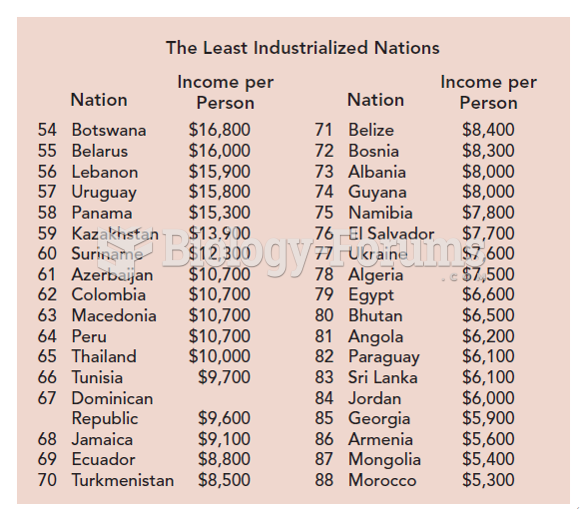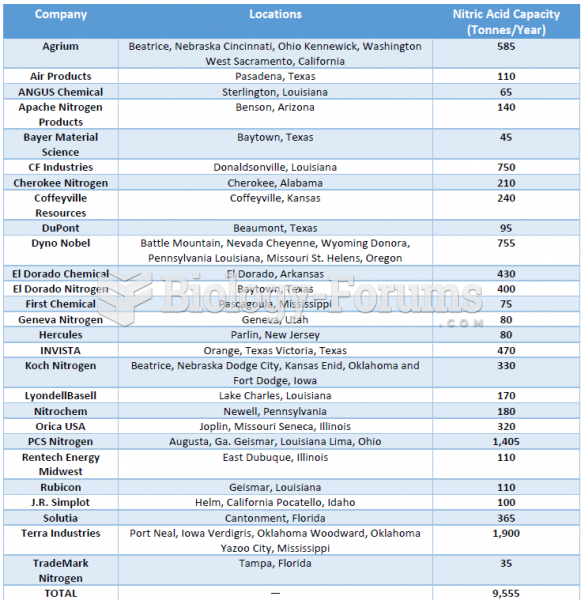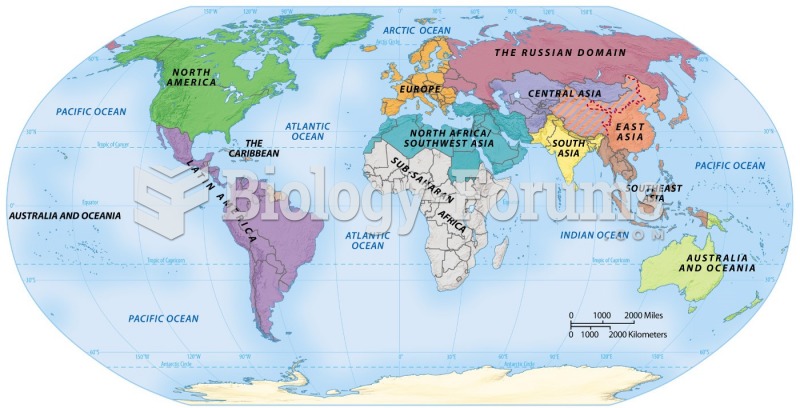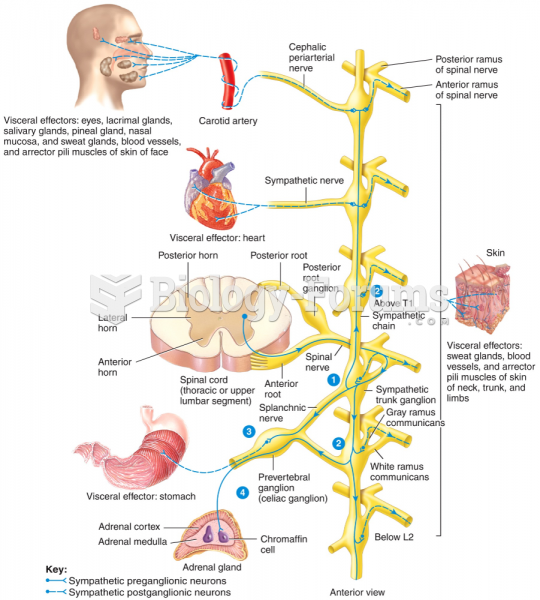When the world's largest retailer, Walmart, decided to enter the grocery marketplace in a big way with its Super Stores, it changed the retail grocery landscape in a major way.
The other major chains such as Albertsons have struggled to stay competitive. In addition, regional discounters such as WINCO in the western United States have made it difficult for the traditional grocery chains. Recently, a study was conducted in which a market basket of products was selected at random from those items offered in three stores in Boise, Idaho: Walmart, Winco, and Albertsons. At issue was whether the mean prices at the three stores are equal or whether there is a difference in prices. The sample data are in the data file called Food Price Comparisons. Using an alpha level equal to 0.05, test to determine whether the three stores have equal population mean prices. If you conclude that there are differences in the mean prices, perform the appropriate posttest to determine which stores have different means.A) There is no difference between the three mean prices.
B) Based on the sample data, we conclude that Winco is significantly different (higher) than Albertsons and Walmart in terms of average prices. However, we can make no conclusion about Albertsons and Walmart.
C) Based on the sample data, we conclude that Walmart is significantly different (higher) than Albertsons and Winco in terms of average prices. However, we can make no conclusion about Albertsons and Winco.
D) Based on the sample data, we conclude that Albertsons is significantly different (higher) than Walmart and Winco in terms of average prices. However, we can make no conclusion about Walmart and Winco.
Question 2The Center on Budget and Policy Priorities (
www.cbpp.org) reported that average out-of-pocket medical expenses for prescription drugs for privately insured adults with incomes over 200 of the poverty level was 173 in 2002.
Suppose an investigation was conducted in 2012 to determine whether the increased availability of generic drugs, Internet prescription drug purchases, and cost controls have reduced out-of-pocket drug expenses. The investigation randomly sampled 196 privately insured adults with incomes over 200 of the poverty level, and the respondents' 2012 out-of-pocket medical expenses for prescription drugs were recorded. These data are in the file Drug Expenses. Based on the sample data, can it be concluded that 2012 out-of-pocket prescription drug expenses are lower than the 2002 average reported by the Center on Budget and Policy Priorities? Use a level of significance of 0.01 to conduct the hypothesis test.A) Because t = -2.69 is less than -2.3456, do not reject H0
Conclude that 2012 average out-of-pocket prescription drug expenses are not lower than the 2002 average.
B) Because t = -2.69 is less than -2.3456, reject H0
Conclude that 2012 average out-of-pocket prescription drug expenses are lower than the 2002 average.
C) Because t = -1.69 is less than -0.8712, reject H0
Conclude that 2012 average out-of-pocket prescription drug expenses are lower than the 2002 average.
D) Because t = -1.69 is less than -0.8712, do not reject H0
Conclude that 2012 average out-of-pocket prescription drug expenses are not lower than the 2002 average.







